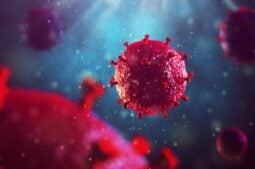
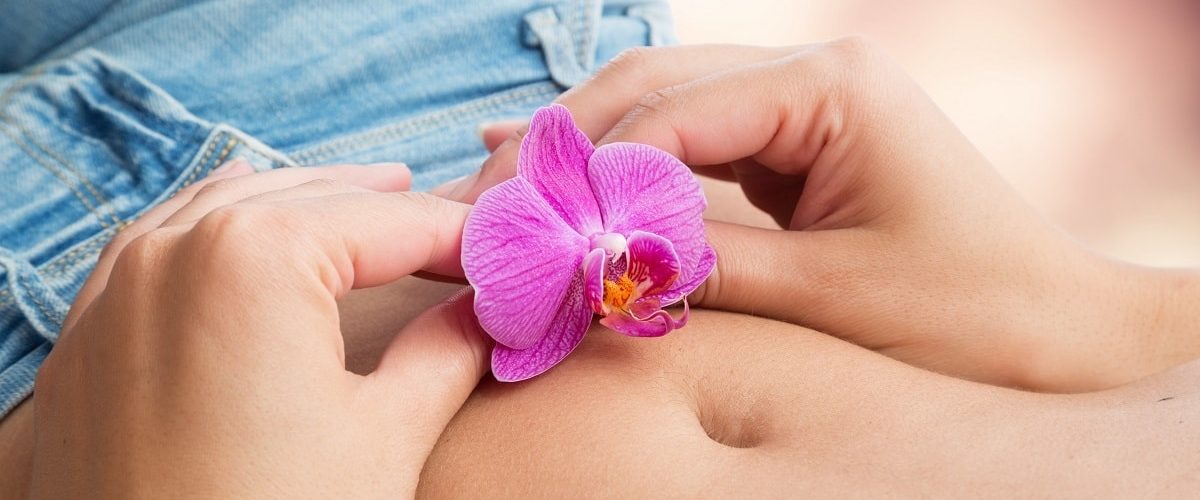
Every month as part of the regular menstrual cycle, a woman’s body naturally produces hormones which stimulate her ovaries to produce a single egg and to release it for its fertilization in the familiar process known as ovulation. In the context of assisted fertility treatments, various hormones are administered which either mimic or increase this natural action. Ovarian stimulation is the process by which a woman’s ovaries are stimulated to produce one or more eggs in order for an assisted fertility treatment to be carried out.
Ovarian stimulation protocols differ very significantly depending on the fertility treatment. In this IVI blog article, we explain why ovarian stimulation has become a key stage in different fertility treatments. We also look at why the different protocols are so important, which hormones are generally used and the experience that you can expect from this stage of the treatment.
Why is ovarian stimulation necessary?
Let’s start with a brief history of in vitro fertilization (IVF). In the early pioneering days of IVF, it was performed in the natural menstrual cycle. Two problems quickly became apparent. One was the risk of having no oocytes (which is the medical name for the woman eggs) at all if the woman treated had irregular ovulation. The other was the low level of efficiency brought about by having only one embryo to work with and the attendant risk that if this one oocyte was of insufficient quality, the whole process was nullified. Because of these obstacles, using the natural cycle was quickly superseded by the introduction of ovarian stimulation in order to obtain multiple oocytes. This allowed for the selection of the best quality embryo for replacing in the maternal uterus, significantly enhancing the chances of a successful pregnancy.
Ovarian stimulation therefore very quickly became one of the cornerstones of IVF, as crucial to the process as the meeting of sperm and oocyte in the laboratory and the process of replacing the selected embryo in the womb. Since then, many years of research have been carried out with the aim of maximizing the effectiveness of this part of the IVF technique.
What are the different ovarian stimulation protocols?
The same as for many medical treatments, the exact balance of hormones and medications used in any one protocol is a matter for the specialist to decide in the light of the needs of each individual patient. The major difference between protocols is the different approaches involved in Intrauterine Insemination (IUI) and IVF.
Programmed intercourse or IUI
The very simplest and least invasive assisted fertility treatment is timed intercourse following medication to stimulate ovulation. This is a kind of precursor to IUI. It involves ovarian stimulation to make sure there is an oocyte present at the right time, followed by sexual intercourse in the normal way, with the timing specified by the fertility specialist. The crucial point about the ovarian stimulation protocol for this form of treatment, as well as for artificial insemination, is that the stimulation should be effective enough to ensure the presence of one or at most two oocytes, and mild enough to guard against the production of multiple oocytes. Clomid is the hormonal medication frequently prescribed in this situation. The timescale is likely to be a period of 12 days, during which time the preparation and monitoring of follicular development take place. In the case of IUI, the whole process is similar but, instead of having sexual intercourse, the capacitated sperm is released into the womb.
Ovarian stimulation for IVF
The ovarian stimulation protocol here is completely different. Unlike the aim for one or at most two oocytes for the IUI process, the success of IVF depends on the ovaries being stimulated to produce multiple eggs.
A detailed history and diagnosis are carried out during the patient’s first visit to the clinic, allowing the specialist to recommend the best treatment for their needs. Following this, the course of ovarian stimulation begins. It consists of daily injections of hormonal treatment, which may be self-administered, over a period of 15 to 25 days. This induces multifollicular growth and the development of multiple eggs. During this phase, the hormones involved are likely to be the gonadotropins follicle-stimulating hormone (FSH) and luteinizing hormone (LH).
Also during this stimulation phase, ultrasound scans and blood tests monitor the progression of the follicle growth. Once they have reached the necessary number and size, a dose of hCG (human chorionic gonadotropin) hormone is given to induce maturation of the oocytes. After 36 hours, retrieval of the oocytes is scheduled to take place at the fertility clinic.
Oocyte retrieval represents the end of the ovarian stimulation stage of the IVF treatment. From this key point onwards, any of the variants of the IVF process can continue. This could be cryopreservation of the oocytes before they are fertilized as part of a preservation of fertility treatment or, following fertilization in the laboratory, the embryos could be the subject of preimplantation genetic testing where necessary. The selected embryo is usually returned to the patient’s uterus in line with the standard IVF treatment.
What can you expect from this stage of the treatment?
Women undergoing ovarian stimulation as part of an IUI treatment can expect to take medication for about five days as well as having their ovulation readiness closely monitored in order for the semen sample to be deposited at the right time.
For those undergoing IVF treatment, the schedule is a bit more challenging. You can plan on carefully timed daily injections of hormonal treatments for a period of around 15 days and multiple checks during this time through ultrasound or blood tests to monitor progress. However when the longed-for pregnancy is achieved, it all fades into the background in the delightful reality of a dream come true. For many women, the hardest part of all is not the ovarian stimulation phase, but the two-week wait after embryo transfer when, after all the activity and focus of the stimulation phase, there is nothing to do but let the time pass. If you find yourself in this exciting but anxious time, why not take a look at our blog article on IVF and the two-week wait?

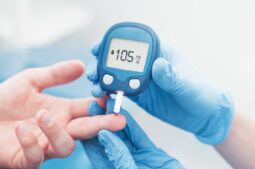
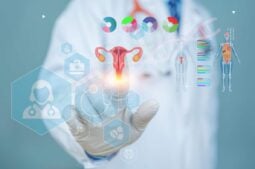
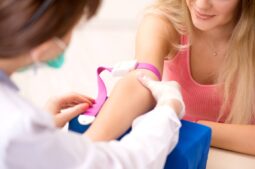
Comments are closed here.